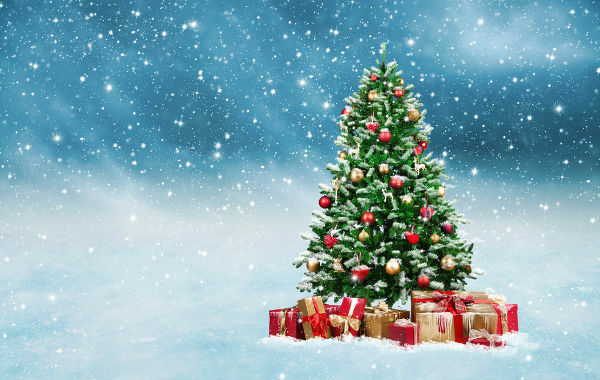rooster mass is the name of the ceremony held by the Catholic Church on the eve of Christmas. This mass starts on time at midnight from the turn of the 24th to the 25th of December and is one of the oldest traditions of Catholicism. The Missa do Galo is held as part of the Christmas celebrations, the party that commemorates the birth of Jesus Christ.
Traditionally, the mass is held at the Vatican, and is conducted by the pope himself in the St. Peter's Basilica. This ceremony is also present around the world in other Catholic churches, but the most expressive celebration, of course, is the one that takes place in the Vatican and it is usually followed by millions of people around the planet, through television transmission.
Accessalso: What are the historical origins of Santa Claus, an important Christmas symbol
What origin of this name?

Does not exist nonecertainty why we call the Christmas Eve Mass the Rooster Mass. This name is used in the languages of the Iberian countries (Portugal and Spain), being called Misa del Gallo in Spanish.
In other languages, the name of this mass is already different. In English, the mass is called Midnight Mass and in Italian it is called Della Notte Messa (both meaning Midnight Mass), for example. They exist many differenttheories that point out the reason for the mass of the eve so called.
One of them suggests that a rooster crowed during the birth of Jesus Christ and this came to be understood as an annunciation of the son of God. Another theory goes back to an alleged tradition held in the Toledo region of Spain, in which the peasants killed a rooster just as the church bell tolled midnight of Christmas. This rooster would be taken to the local church and its meat would be distributed to the poorest.
One of the theories suggests that the name originates in the tradition of the pilgrimage of some Christians to Bethlehem, as these pilgrims reached their destination at the time the cock crowed. There is still the theory that is associated with Pope Sixtus III, who announced the mass to celebrate the birth of Jesus "at the hour when the rooster crows". There are some mentions that the rooster was a pagan symbol that was appropriated by Christians.
Finally, there is also a theory that suggests that Portuguese and Spanish peasants used to bring roosters to Christmas mass for them to crow during its performance. We can then see that there is a range of theories that point to the origins of the term and, of course, we will never know exactly which of them founded the name of this mass.
Accessalso: January 6 - Twelfth Night: know the symbology of this religious date
Who created the Mass of the Rooster?
The creation of the Missa do Galo is a subject that also has a debate about it, due to the uncertainty surrounding it. O Pope Sixtus III he is considered by many to be the creator of the Mass of the Rooster, having done so in the mid-fifth century AD. Ç. Others, however, suggest that the Missa do Galo was created by Saint Telesphorus at 143. This last possibility is hard to believe, since until the end of the 2nd century d. C., the birth of Jesus was not commemorated and it was not believed, at that time, that he was born on December 25th.
Image credit
[1]frippitaun/Shutterstock


